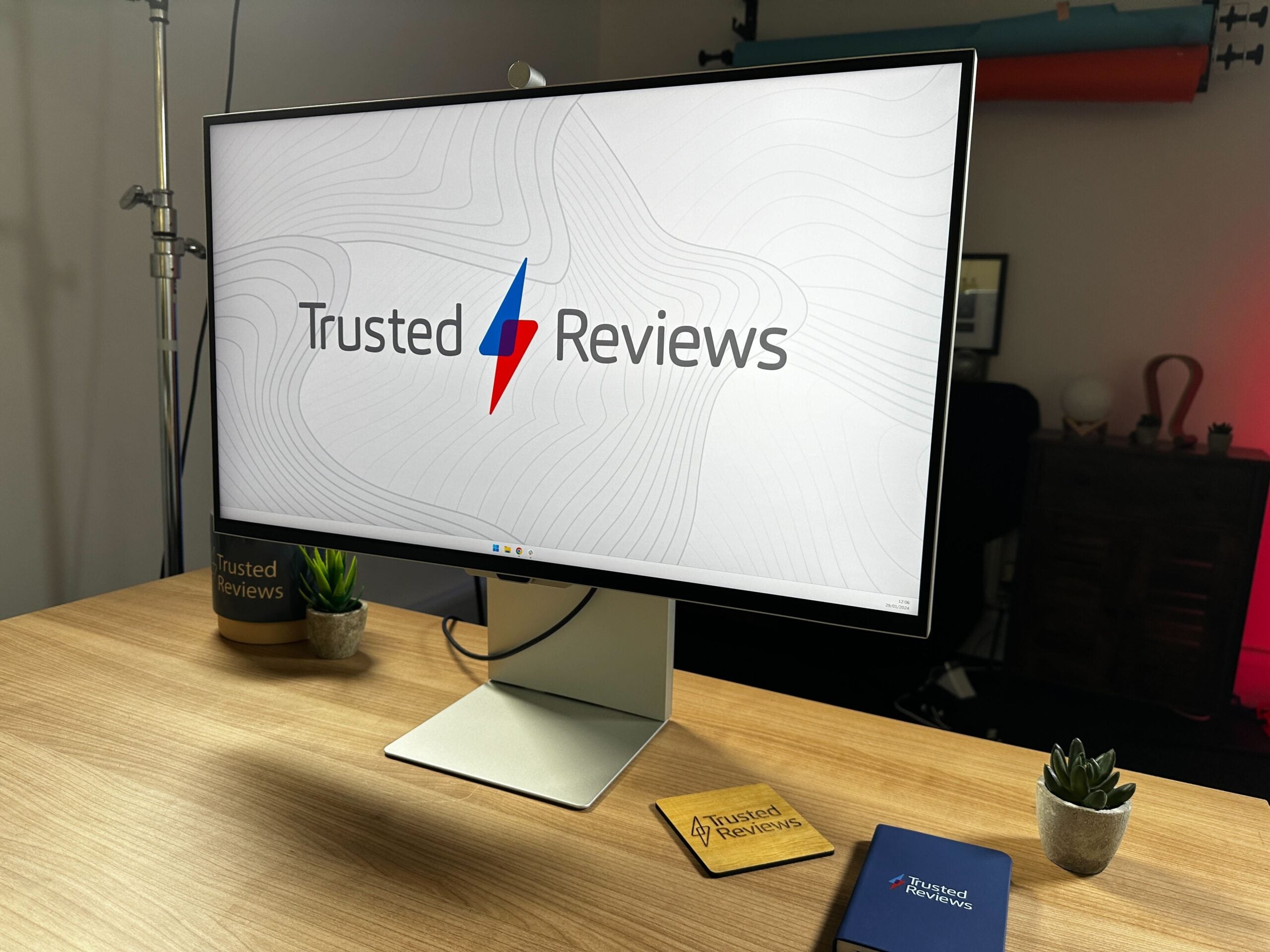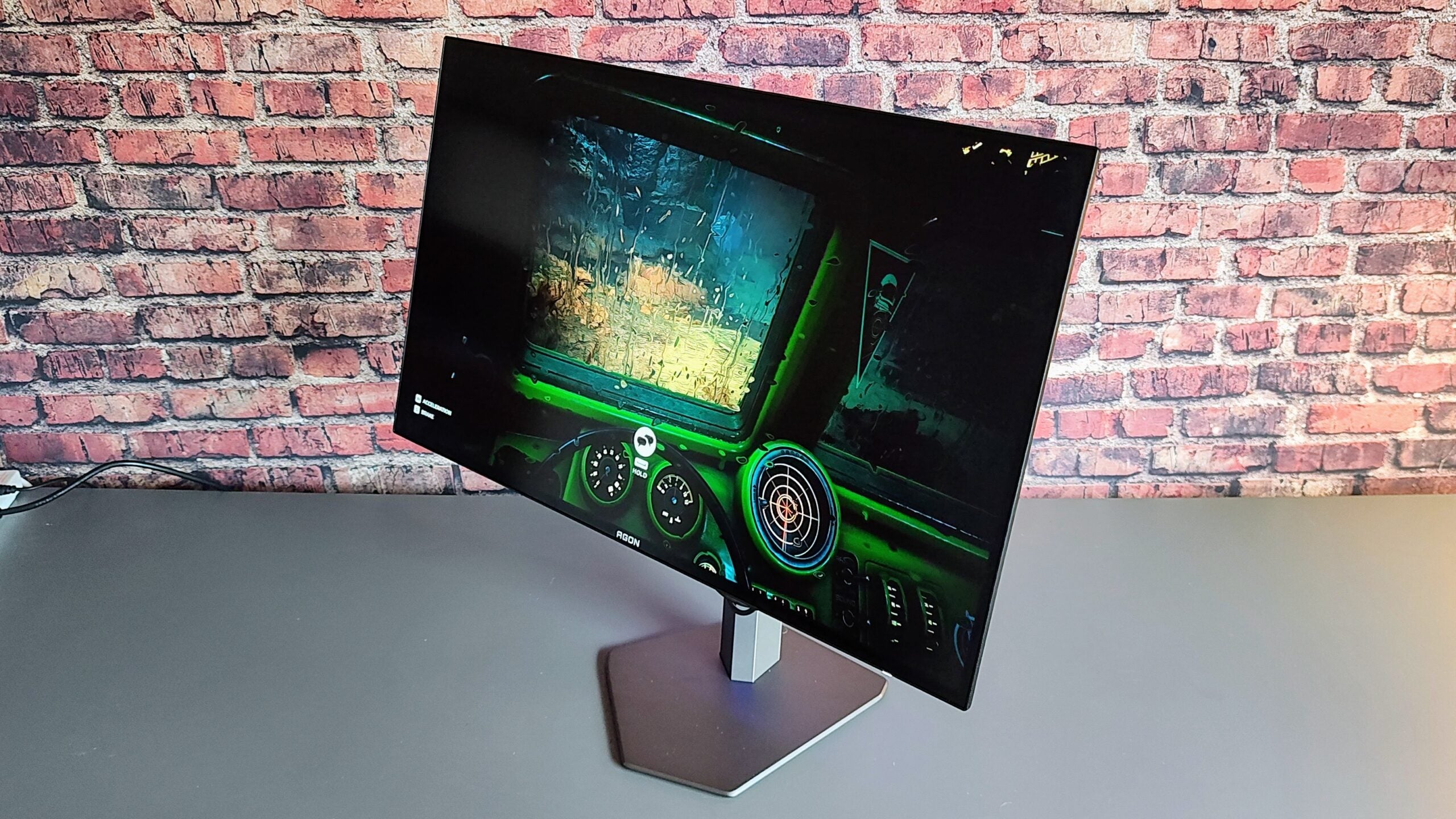Huawei MateView Review
Can this 3:2 display find a home in your home?
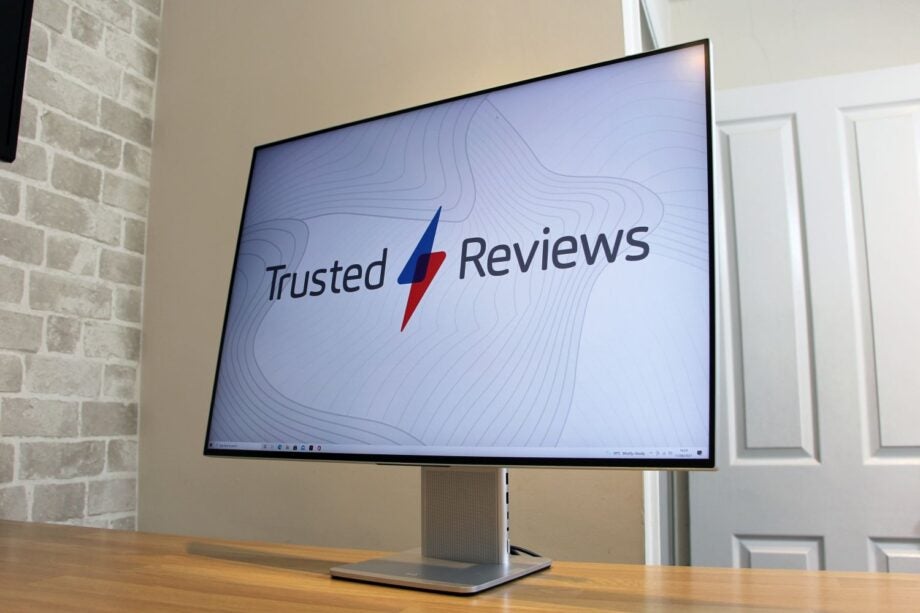
Verdict
The Huawei MateView looks great, has plenty of smart features and a helpful 3:2, high-resolution design alongside good image quality. But it’s expensive, and won’t suit everyone – it’s great for mainstream home and office use, but not so hot with games or colour-sensitive workloads.
Pros
- Good contrast and vibrancy
- Decent colour accuracy
- Sleek, good-looking design
- Clever connectivity options
Cons
- Divisive 3:2 aspect ratio
- Not good enough for gaming or tough workloads
- Expensive
- Few adjustment options
Availability
- UKRRP: £599
- USAunavailable
- EuropeRRP: €700
Key Features
- 3:2 aspect ratioThe squarer-shaped screen means you get more height, which is useful in loads of work and web-browsing situations.
- Stunning metal designThe all-metal MateView looks fantastic, with design that’ll hold its own in the most stylish of rooms.
- Versatile wireless connectivityThe Huawei can connect wirelessly to loads of different devices, including PCs, laptops and smartphones.
Introduction
The Huawei MateView is the firm’s second monitor, and it’s an eye-catching and interesting bit of kit. Its design wouldn’t look out of place in the Apple Store and it has features that you won’t find on any of its rivals.
There’s the 3:2 aspect ratio, for starters, and the 4K-busting resolution – and the Huawei MateView also includes wireless display projection and big claims about its DCI-P3 performance.
It’s hitting the market at £599 / €699, though, so it’s pricier than most of its rivals and will have to hit the mark if it’s going to prise open punters’ wallets.
The Huawei’s nearest challenger is the Samsung M7. That monitor has the same sort of lifestyle ambitions as the Huawei, but it has a bigger 32in diagonal and a lower price when compared to the Huawei MateView. The Samsung will set you back £329 / $349 / €349, by comparison.
Design and features
- Stunning, stylish and sturdy all-metal exterior
- Smart and helpful connectivity options for PCs and certain smartphones
- The 3:2 aspect ratio adds useful height
The Huawei MateView’s 3:2 aspect ratio makes this panel taller than its rivals, including the Samsung. Huawei uses the same aspect ratio on many of its MateBook laptops, and the firm clearly reckons it delivers practical advantages.
In some areas, at least, it does. The squarer aspect ratio is paired with a 4K-busting resolution of 3840 x 2560, and that means you’ve got extra height. That makes it easier to browse the web and read documents, and it ensures that most tasks feel less cramped. When so many apps and websites work vertically, you’ll feel the benefit every single day.
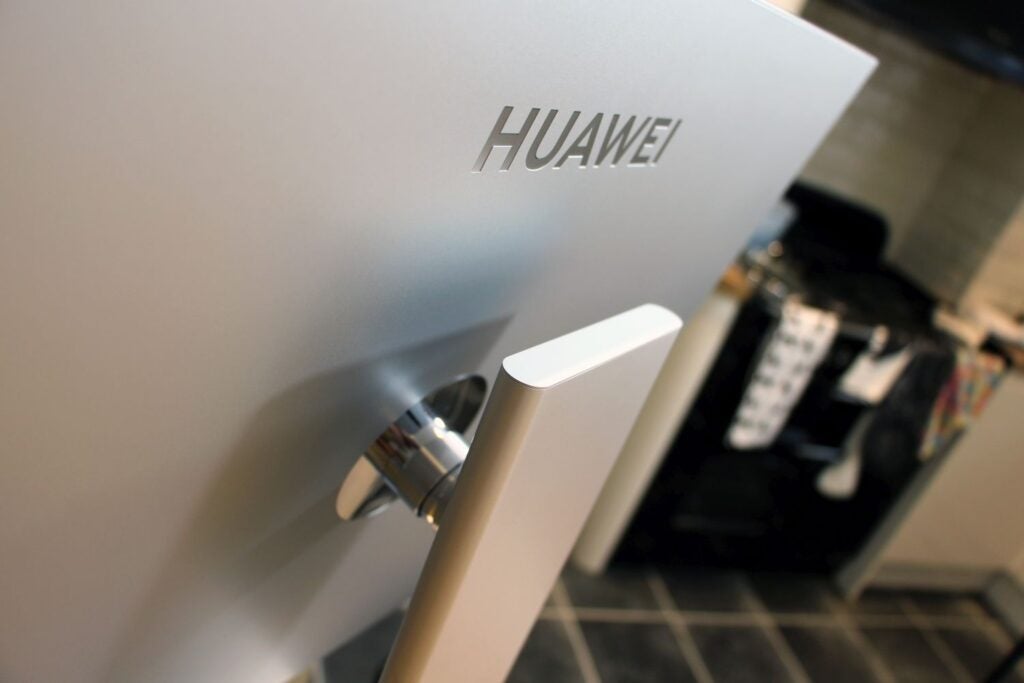
It’s not always a welcome change. If you work in creative apps with timelines then you may prefer a 21:9 widescreen for the extra width – and you may prefer a wider display if you want to use multiple windows side-by-side. If you watch media on the 3:2 Huawei you’ll have to put up with black bars at the top and bottom of the display.
Don’t look to the Huawei if you’re a gamer, either. The MateView’s extra height means it uses 9.8 million pixels, which is over a million more than a conventional 4K panel. You’ll need a hugely powerful GPU to properly power this panel, and it only has a 60Hz refresh rate and 8ms response time anyway. The MateView GT is a better option there.
The high resolution stretches across a 28.2in diagonal, which means images are pin-sharp – the density level of 163ppi means you’ll get crisp and detailed imagery in creative apps and everyday tools.
Underneath all of this you’ll find an IPS panel with 10-bit colour, which is a conventional specification for a premium home and office display.
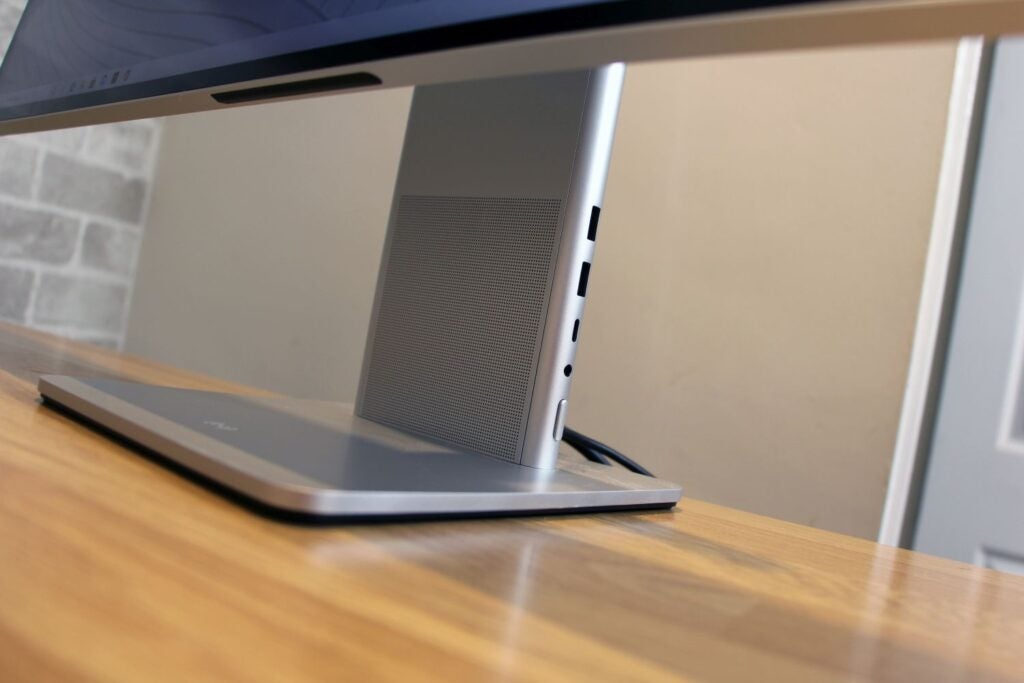
The MateView is less conventional elsewhere. The on-screen display is managed by a touch-sensitive bar that sits beneath the screen, and different actions deliver different results: horizontal swipes navigate left to right and alter sliding scales, single taps confirm actions, dual-fingered swipes load different menus and a double-tap will take a step backwards. It’s intuitive and responsive.
Huawei calls its navigation method the Smart Bar, and it is smart, but it’s undermined a by the on-screen display. You can switch between the MateView’s DCI-P3 and sRGB colour modes and alter basic options, but more conventional panels have more customisation available. The OSD isn’t as quick as I’d like, either – the Smart Bar encourages you to zip around, and tiny delays mean you can’t quite manage it.
Huawei’s panel has wireless and Bluetooth connectivity, which delivers handy new functionality. If you’ve got a Huawei smartphone you can mirror its screen on the display using NFC wireless projection. You can wirelessly project your PC’s display to the screen, albeit at lesser resolutions than the panel’s huge native figure. You can connect a keyboard and mouse with Bluetooth and use those to control your PC or laptop, and you can link more Huawei devices together using HarmonyOS.
Huawei’s display looks brilliant. It has a sleek metal base and a slim stand with attractive speaker grilles and a tiny bezel. It’ll look at home in any stylish home or office, and its build quality is consistently impressive.
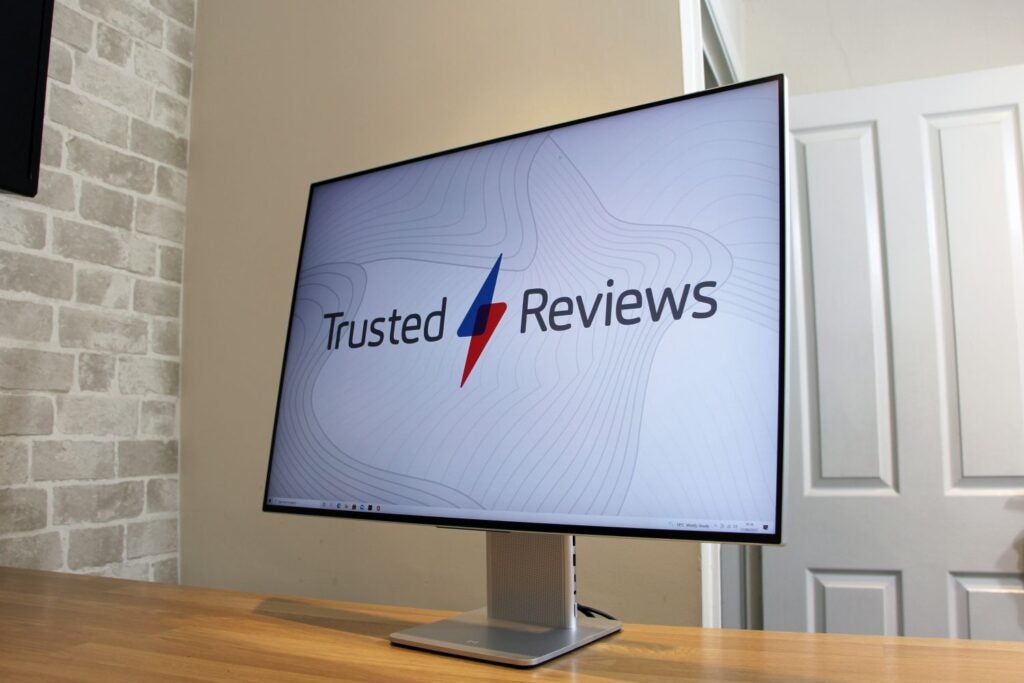
At the rear, it has HDMI and mini-DisplayPort connections alongside two USB ports, a headphone jack and two USB-C connections. One of those USB-C ports powers the MateView, while the other supports display inputs, data transfers and 65W of power delivery. There’s one connectivity caveat: the mini-DisplayPort and USB-C connections run at 60Hz, but over HDMI you’re restricted to 50Hz.
And, for all the MateView’s great looks, don’t expect much adjustment. The Huawei has a middling 110mm of height adjustment and it can tilt, but it has no swivelling, no portrait mode ability and no VESA compatibility.
The 5W speakers are only mediocre, too: muddy and underwhelming. They’re fine for casual YouTube viewing and video calls, but that’s it. At least the MateView has dual microphones.
The Samsung M7 might be cheaper than the Huawei, but it does compete on some fronts. It has more smart media and office features, and Samsung’s devices offer similar projection and connectivity options. Samsung’s display is a 4K panel with a conventional 16:9 aspect ratio, so you get fewer pixels, and its plastic casing isn’t as stylish as the metallic MateView. Under the hood, there’s little to choose between the two: both are 60Hz IPS displays.
Image quality
- Good contrast and depth results mean bold and vibrant imagery
- Colours are bright, but not accurate enough for tougher situations
- Poor uniformity and HDR performance are stings in the tail
Out of the box the Huawei MateView uses its DCI-P3 mode, and the panel does a decent job with colour reproduction. The MateView displayed 92.1% of the DCI-P3 gamut with a volume of 94.8%, which is a high enough figure to deliver bold, vibrant colours – even if it’s a little lower than Huawei’s claimed 98% coverage level.
Happily, the Delta E of 1.92 ensures those colours are displayed with ample accuracy. The colour temperature of 5996K is below the ideal 6500K figure and a tad warm, but it doesn’t cause issues and doesn’t leave the display looking oversaturated.
The initial brightness level of 185 nits is good enough for everyday use and is paired with a black point of 0.14 nits. That creates a contrast ratio of 1321:1, which is another good figure. The black point means loads of depth, and that contrast ratio creates satisfying levels of vibrancy and nuance.
The Huawei’s contrast, colour accuracy and DCI-P3 gamut handling means imagery is bright, bold and vibrant, and the colour temperature delivers warmth without going overboard. It may not be the most accurate panel, but it’s pleasing to the eye.
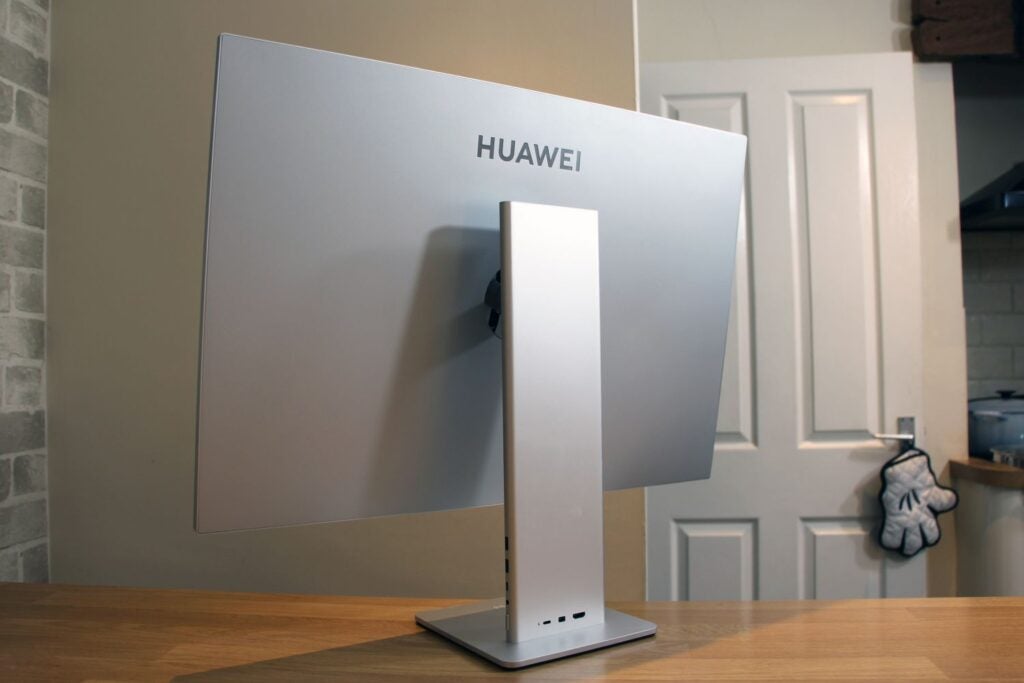
Switching over to the sRGB colour profile delivered an improved Delta E of 0.62 and a marginally better colour temperature of 6052K, so that’s worth using if you’d prefer a more realistic image. The MateView also displayed 99.6% of the sRGB gamut at 133.9%, so it’ll serve up every shade required with lashings of vitality. And, happily, these results were maintained at the Huawei’s maximum brightness of 500 nits.
The Huawei’s biggest issue comes in the uniformity test. The MateView lost 20% of its backlight strength along both edges, and that’s too high. It means the MateView loses some consistency.
The colour temperature figures and poor uniformity mean Huawei’s panel isn’t quite good enough to handle the trickiest colour-sensitive tasks. It can’t handle the Adobe RGB colour gamut, either. And while this panel uses the DCI-P3 gamut to deliver a wide range of colours, its sub-100% reproduction levels and meagre DisplayHDR 400 ability mean that it can’t render HDR content well.
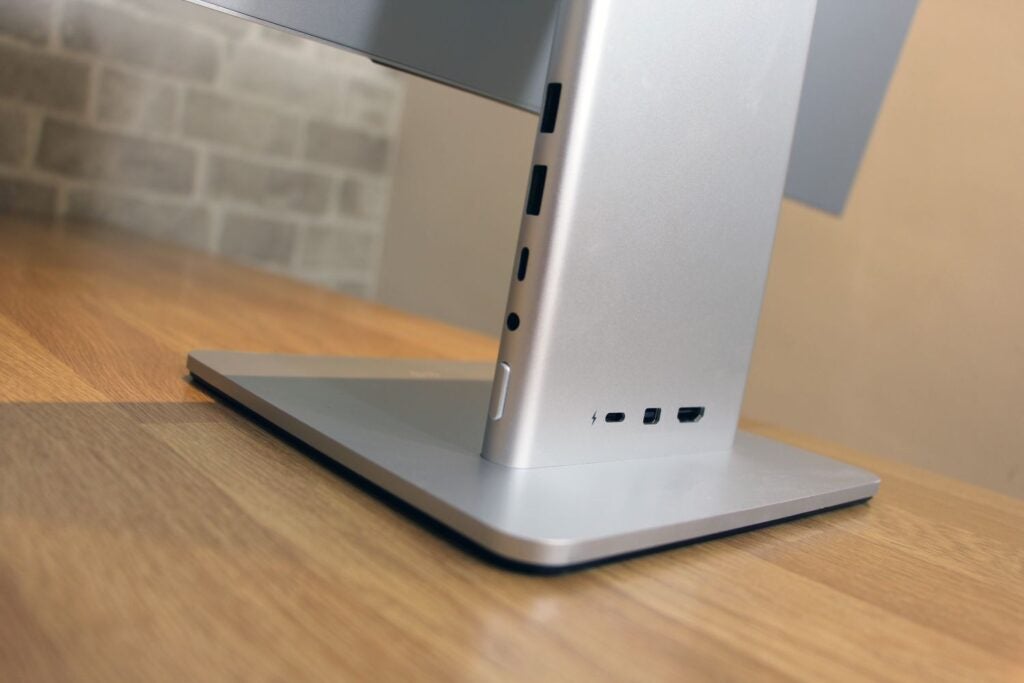
So, what can this display do? Its DCI-P3 coverage level is still easily good enough (along with its sRGB performance) to ensure that movies and TV shows, photos, websites, casual games and everyday workloads look bold bright and attractive, with loads of depth and detail. You can use the Huawei for mainstream photo-editing and video work, even if professionals need to look elsewhere.
The cheaper Samsung M7 can’t match the Huawei in terms of pure image quality: it has better contrast and colour temperature, but its gamut coverage results aren’t anywhere close. So while you get punchy images on the Samsung, they’re more realistic and have more nuance on the MateView. The Samsung certainly isn’t bad, but the Huawei is better.
Latest deals
Should you buy it?
You want a good-looking screen for everyday work and computing:
Huawei’s screen looks great and serves up vibrant imagery – and its 3:2 aspect ratio and connectivity features make it a useful addition to the home or home office.
You’re a gamer or a worker who needs perfect colour accuracy:
The pricey Huawei doesn’t have the refresh rate or response time pace to handle games, and its colour accuracy isn’t quite good enough for colour-sensitive workloads.
Final Thoughts
The Huawei MateView looks good, has smart connectivity options and uses its huge resolution and height to provide a versatile and luxurious everyday computing experience. Image quality is generally good, although it doesn’t have the accuracy or speed to handle games or certain creative workloads.
How we test
We use every monitor we test for at least a week. During that time, we’ll check it for ease of use and put it through its paces by using it for both everyday tasks and more specialist, colour-sensitive work.
We also check its colours and image quality with a colorimeter to test its coverage and the display’s quality.
We use as our main monitor for at least a week.
We used a colorimeter to get benchmark results.
Used our own judgement for image quality
Tested audio quality for integrated speakers.
FAQs
Yes, the Huawei MateView features built-in speakers.
The MateView has a 60Hz refresh rate.
No, the MateView does not feature a touchscreen.
Trusted Reviews test data
Specs
Jargon buster
HDR
HDR stands for High Dynamic Range and refers to contrast (or difference) between the brightest and darkest parts of an image. HDR content preserves details in the darkest and brightest areas of a picture, details that are often lost in old imaging standards. HDR10 is mandated to be included on all HDR TVs. It’s also supported by 4K projectors.Nits
The brightness level of a display. 300 nits is regarded as the minimum target for high-end screens.

